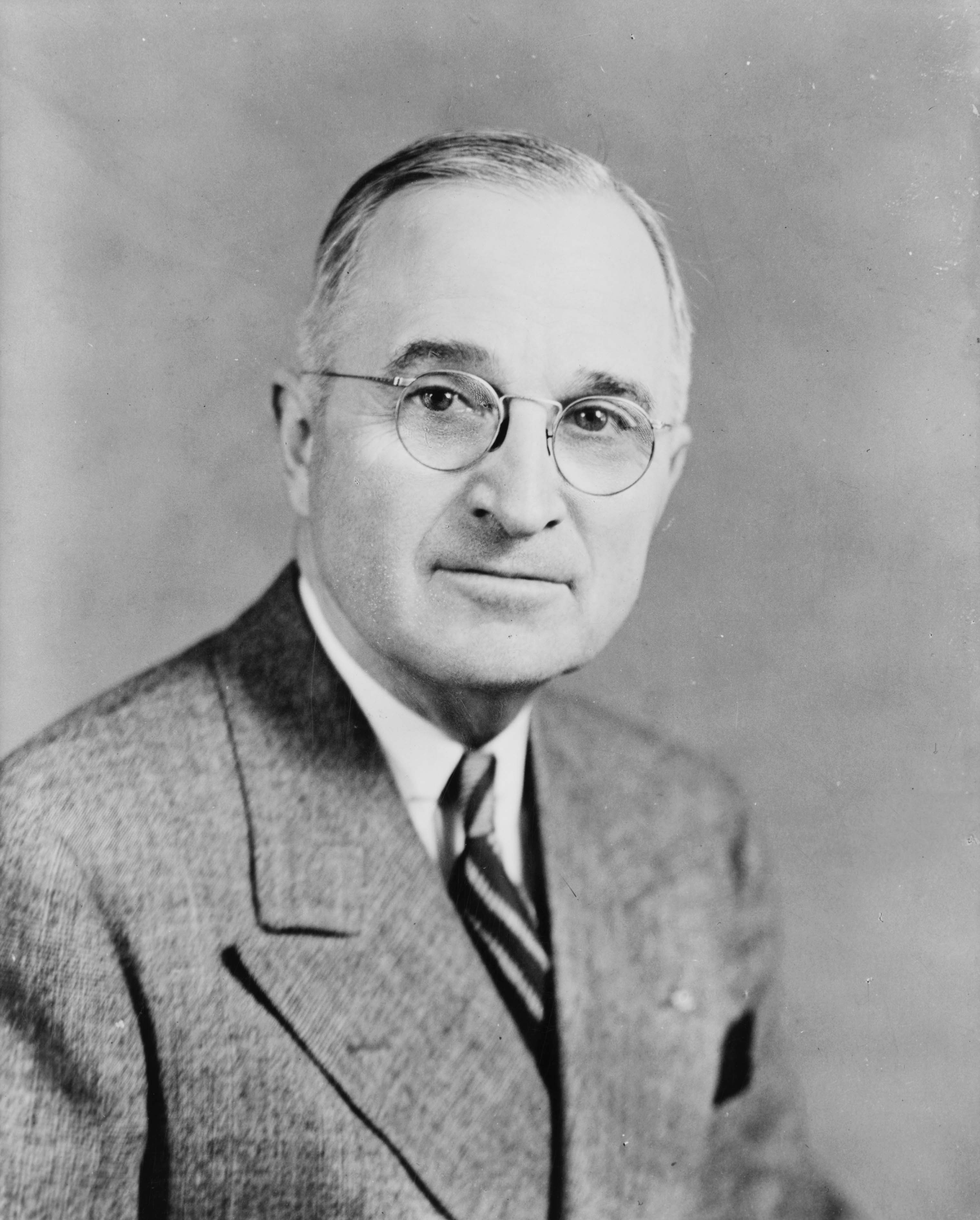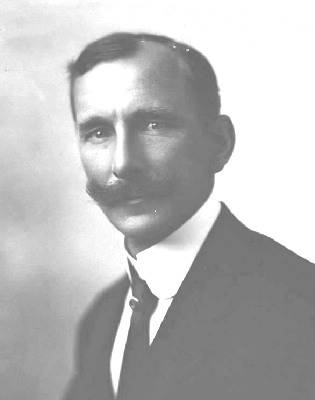 |
| Linda Brown |
The background of
Brown v. Board of Education was that public schools were segregated, and supposed to be "separate but equal." However, the schools were far from equal, as the white schools were far nicer. In Topeka, Kansas, Linda Brown, a black third grader, had to walk a mile to get to her school, though there was a white school far closer. Brown was denied a position in the white school by the Topeka Board of Education. The NAACP backed Brown and requested the end of public school segregation in Topeka. In court, the NAACP argued that the segregation sent the message to black children that thy were inferior, so the schools were unequal. The Board of Education argued that the segregation prepared black children for the segregation they would face in the future, and that many great African-Americans, like Booker T. Washington and Frederick Douglass, had achieved great things even though their schools were segregated. The court wrote that they agreed the segregation "has a detrimental effect upon the colored children," but also that
Plessy v. Ferguson allowed for separate but equal schools, and the
Plessy ruling had not been overturned, so they felt "compelled" to rule in favor of the Board of Education. Brown, along with the NAACP, appealed to the Supreme Court, and their case was combined with other similar cases. After two rounds of sides giving their arguments, the court was unsure what to rule. What it came down to was how to interpret the Fourteenth Amendment, which called for equal protection under the law for all people. The court had to decide if segregation "deprive[s] the children of the minority group of equal educational opportunities." The court decided that it did, and in doing so called for the desegregation of public schools across America.
 |
| Homer Plessy |
The
Brown case is similar to the
Plessy case since both involved the phrase "separate but equal." The
Plessy case established the phrase as law, requiring public places to be segregated but equal in quality, but the
Brown case challenged the phrase and said that though segregated, schools weren't equal, and the outcome of the case was that "separate but equal" was hurting blacks because of the inequity in schools.








